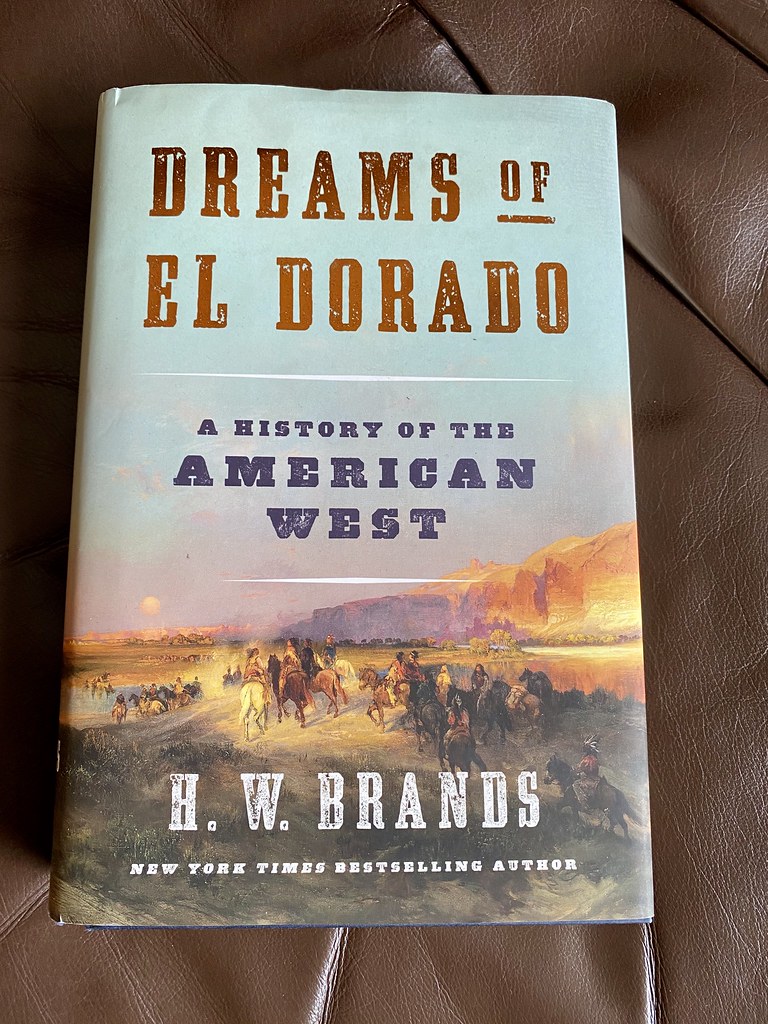A review of The Midnight Library on Amazon is entitled, Like many things in 2020 this book is awful.
Books exist in context, being a product of their times. The ones that take off, like The Midnight Library by Matt Haig, succeed because they resonate with readers, expressing feelings that they possess but are unable to articulate.
In another year, I’d probably dislike The Midnight Library, too. A book recommended by Good Morning America? It’s probably mainstream and inspiring. Yuck! That’s not reality – give me a dark comedy that reveals the bitter truth that most people can’t grasp.
But 2020 was different. I did not want to read something dark and despairing in this long winter of disease and disunion.
Give Me Sunshine
Instead, I was drawn to something sunny. And I picked up The Midnight Library in a very sunny place: Tombolo Books in St. Petersburg, FL.
I love this little indie bookstore next to a coffeeshop in the Kenwood neighborhood of the city. Sitting in the sun-soaked courtyard with my new purchase, I felt a world away from dark and boarded-up Washington, DC.
The Midnight Library has an intriguing premise. Between life and death, there is a library. Each volume in it contains a variation on your life, full of possible versions of you to explore as you linger between the worlds.
In the novel, Nora Seed gets to experience different paths she might have taken in her life, from rock star to Olympic gold medalist, while she decides whether she wants to live or not.
No Surprises
It’s not a book that will surprise you. Reading Nora’s adventures as she tries on different lives, you pretty much know where this is going. Also, it’s a tad too long.
Yet, all of this is overwhelmed by the hopeful spirit of the novel. It’s an antidote to regret. It’s an affirmation of life. You’re being manipulated, of course, with a feel-good parable that hits you across the head at times.
In another time, I would say: yuck.
But in this pandemic year, The Midnight Library is essential reading for reminding us that life is full of possibility. It is ever-changing and shaped by our choices. Good times could be right around the corner, as long as we keep moving.
Pick up The Midnight Library. Set your cynicism aside and dive into the spell of this uplifting novel.









